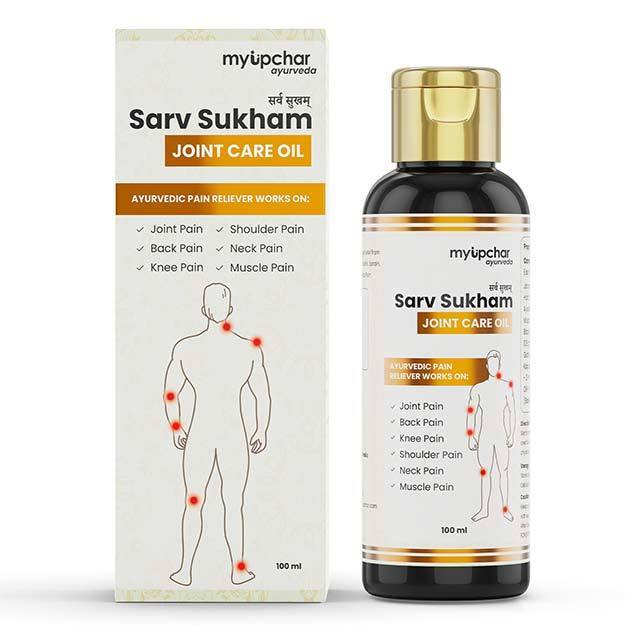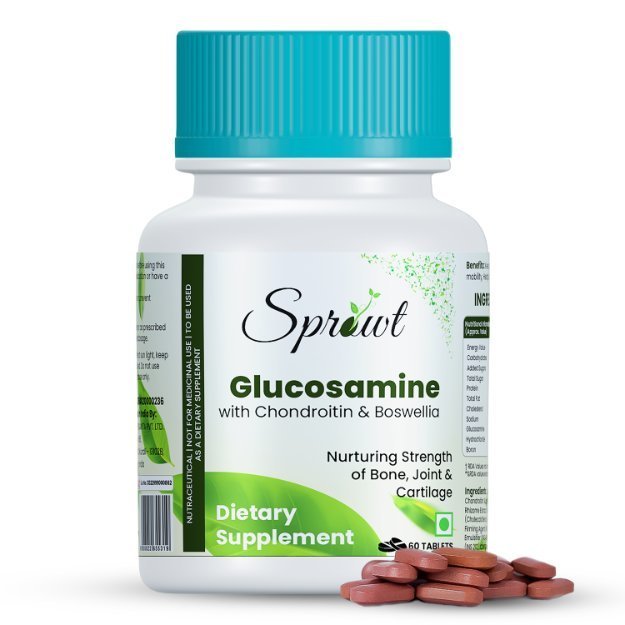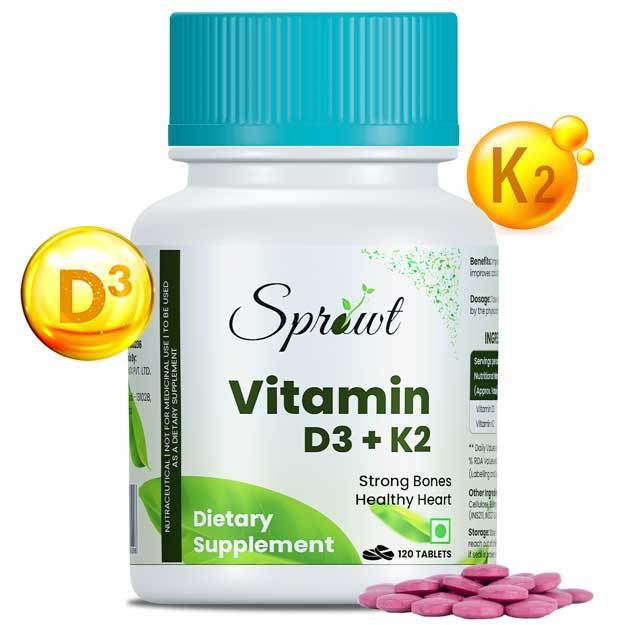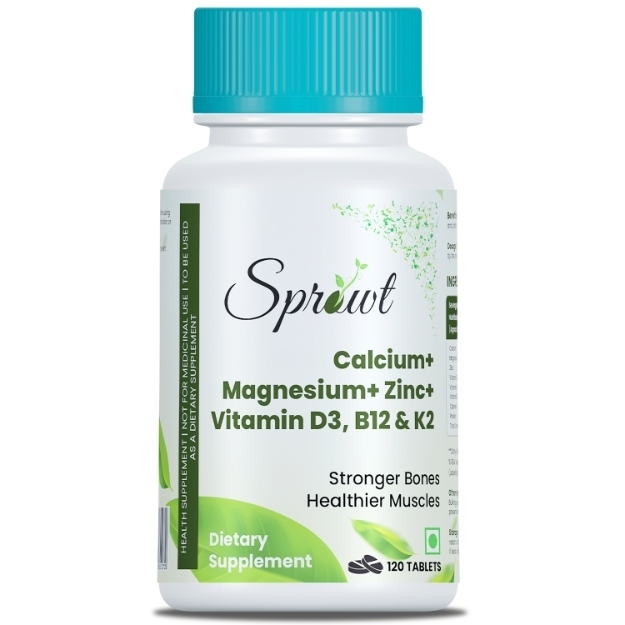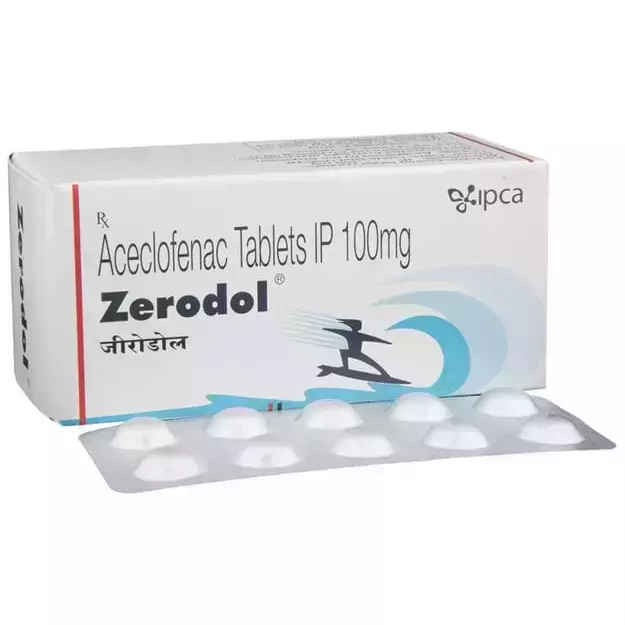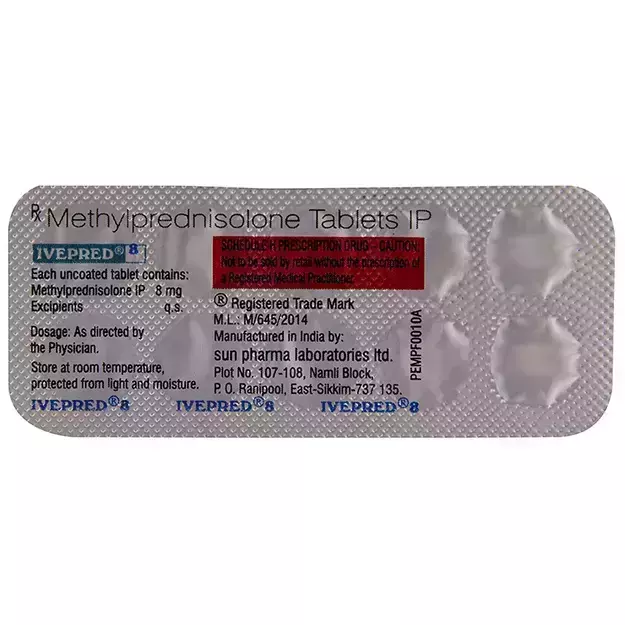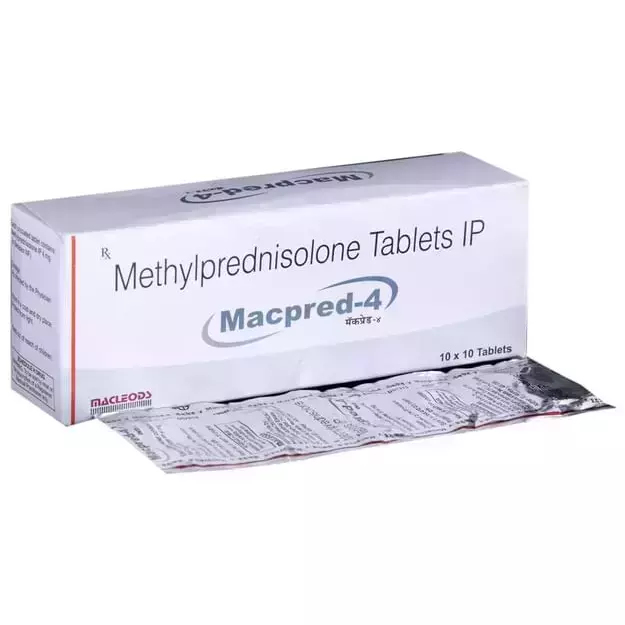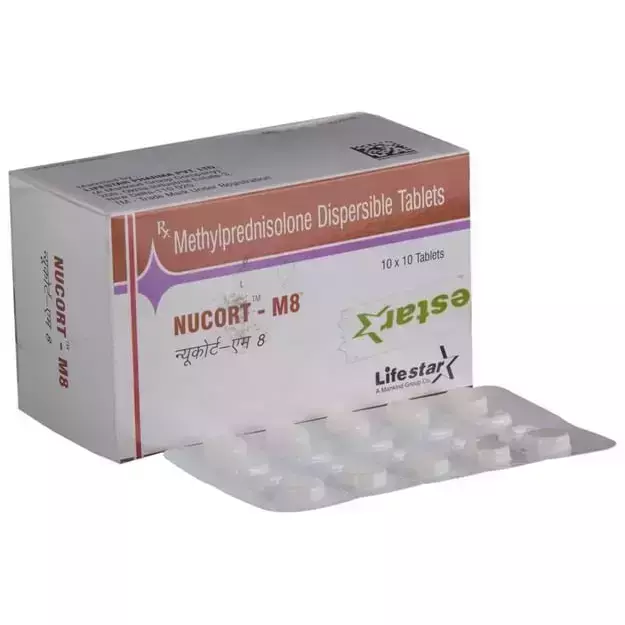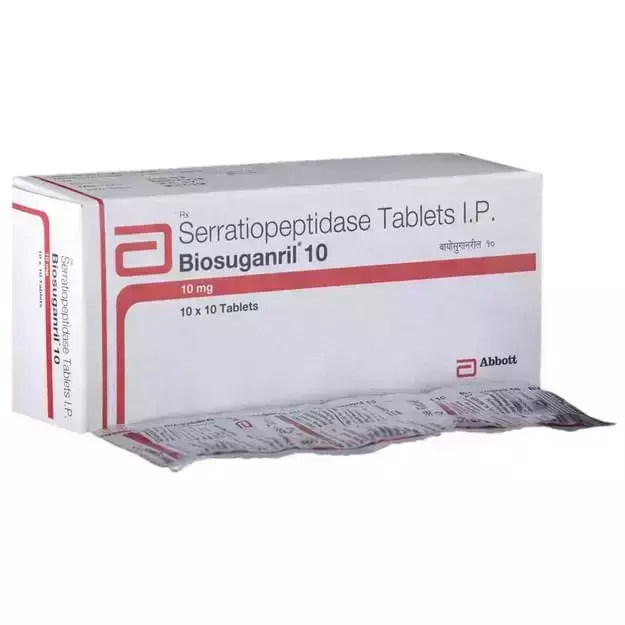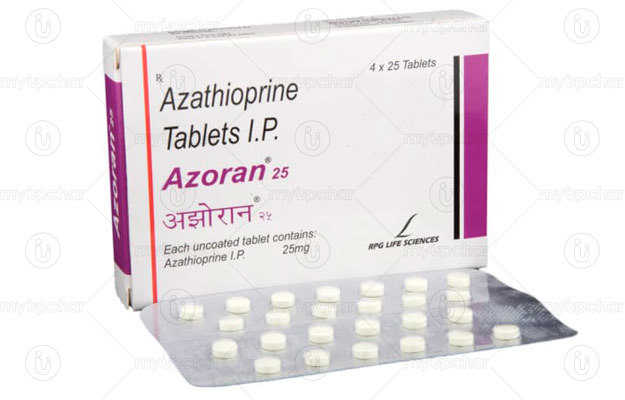Artival, a prescription drug, is manufactured in various forms such as Tablet. It is primarily used for the treatment of Rheumatoid Arthritis. Secondary and off-label uses of Artival have also been mentioned below.
The correct dosage of Artival depends on the patient's age, gender, and medical history. Besides the medical condition it is advised for, the route of administration also plays an important role in determining the correct drug dosage. Detailed information has been provided in the dosage section.
Common side effects of Artival include Abdominal Pain, Headache, Heartburn. While these are the most often observed Artival side effects, there are can be others also. These have been listed below. Normally, these side effects of Artival are not long lasting and go away when the treatment is finished. If, however, they worsen or do not go away, please speak with your physician.
Furthermore, you should know that effect of Artival is Severe for pregnant women and Severe for women who are breastfeeding. Warnings related to Artival's effects on the liver, heart and kidney, if any, have been listed below.
Artival is contraindicated in people with pre-existing medical conditions like Kidney Disease, Ulcerative Colitis, Gastrointestinal Bleeding as it can result in adverse effects. Other contraindications of Artival have been discussed in the sections ahead.
Drug interactions for Artival have been reported in the medical literature. See below for a complete list.
In addition to the above precautions for Artival, it is important to know that it is safe while driving, and is habit-forming.
X

